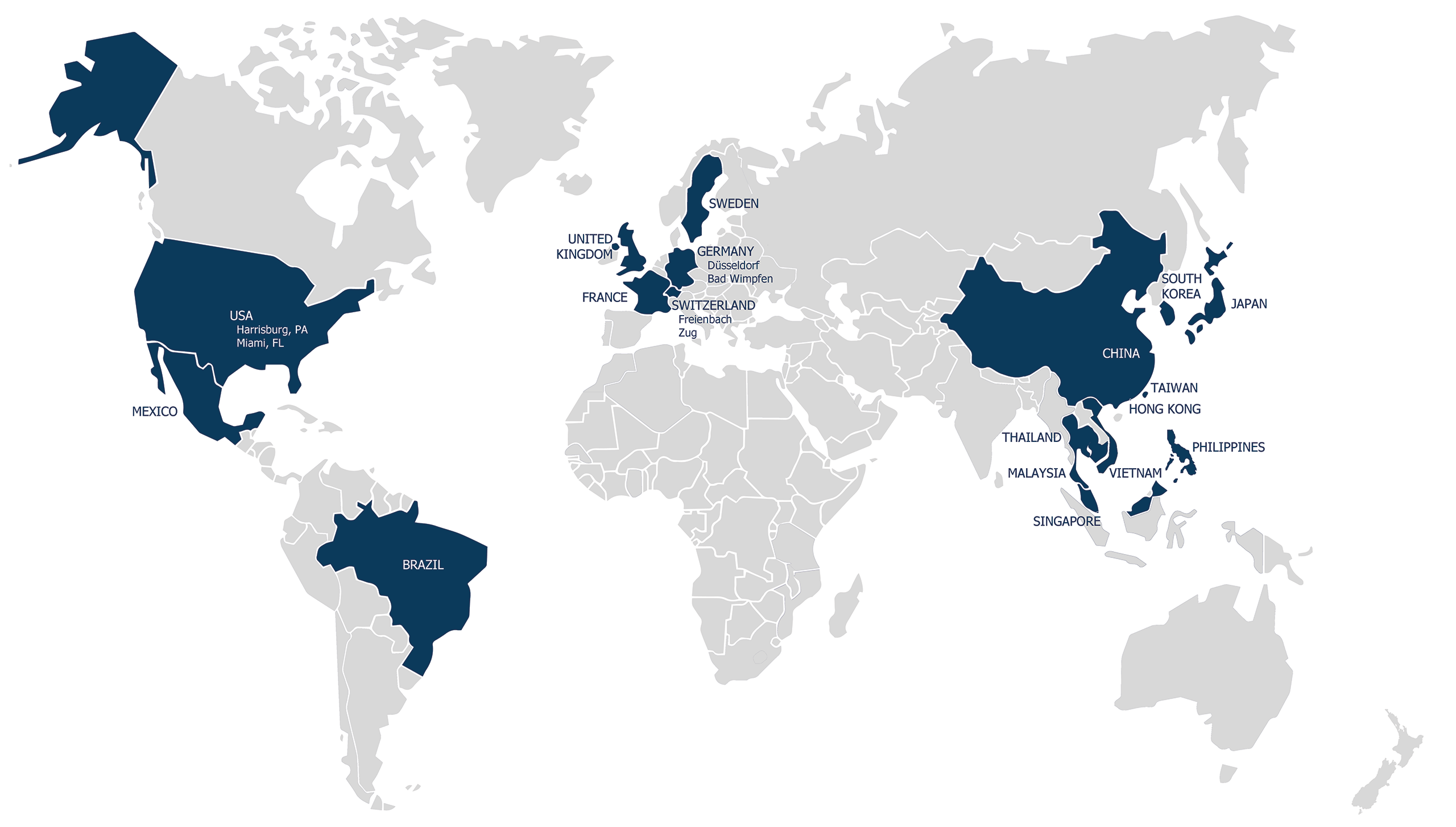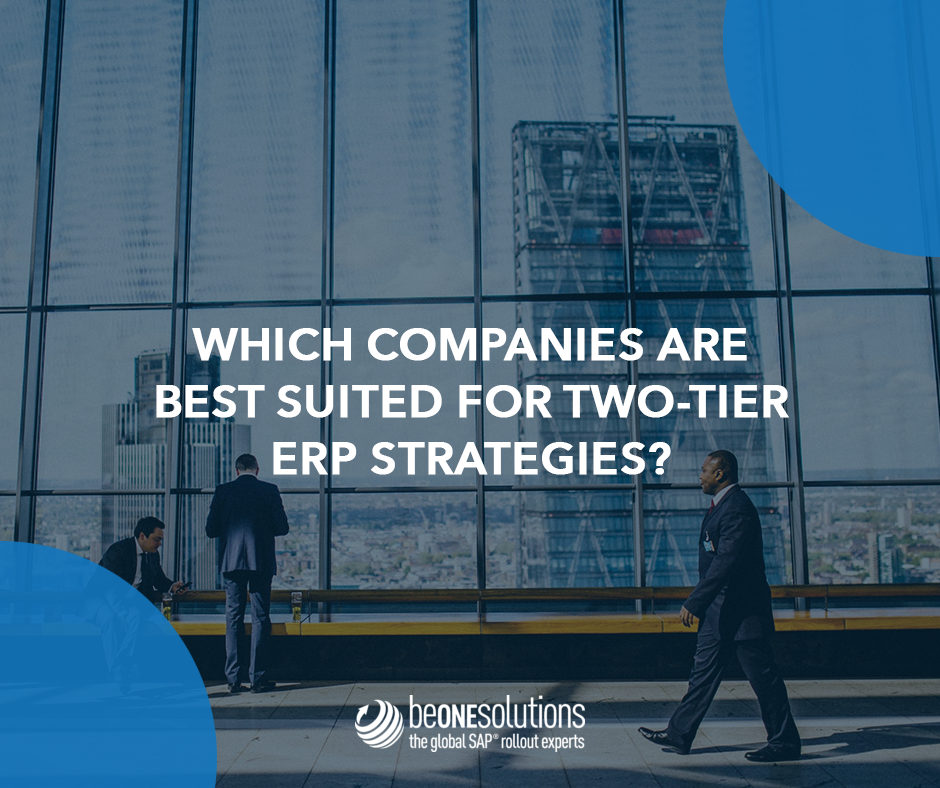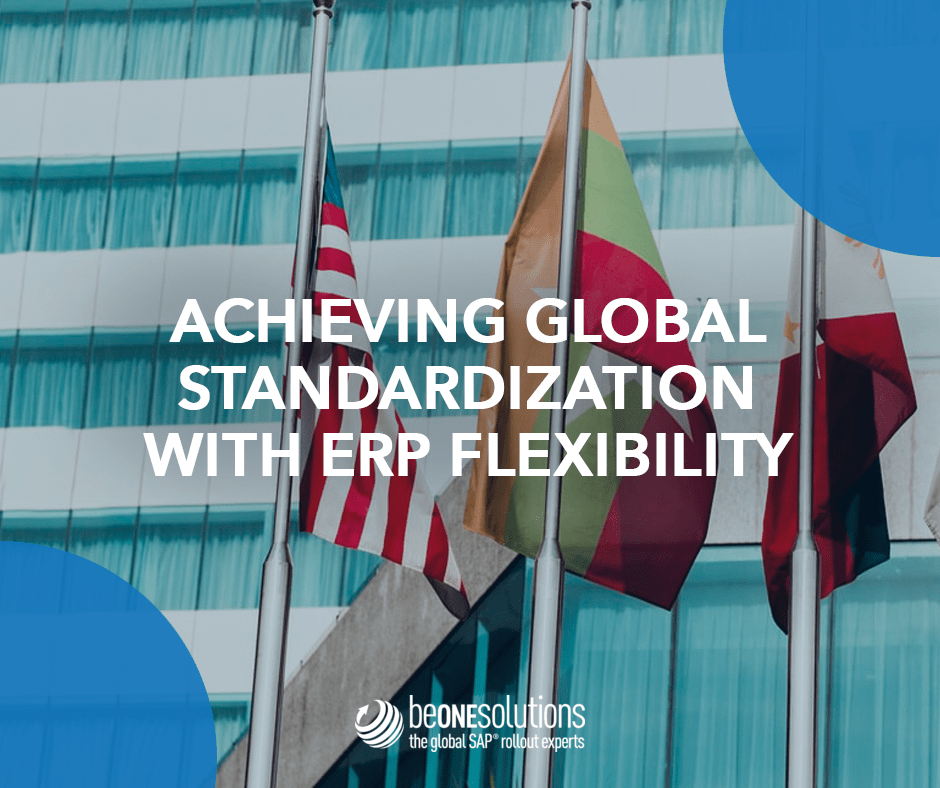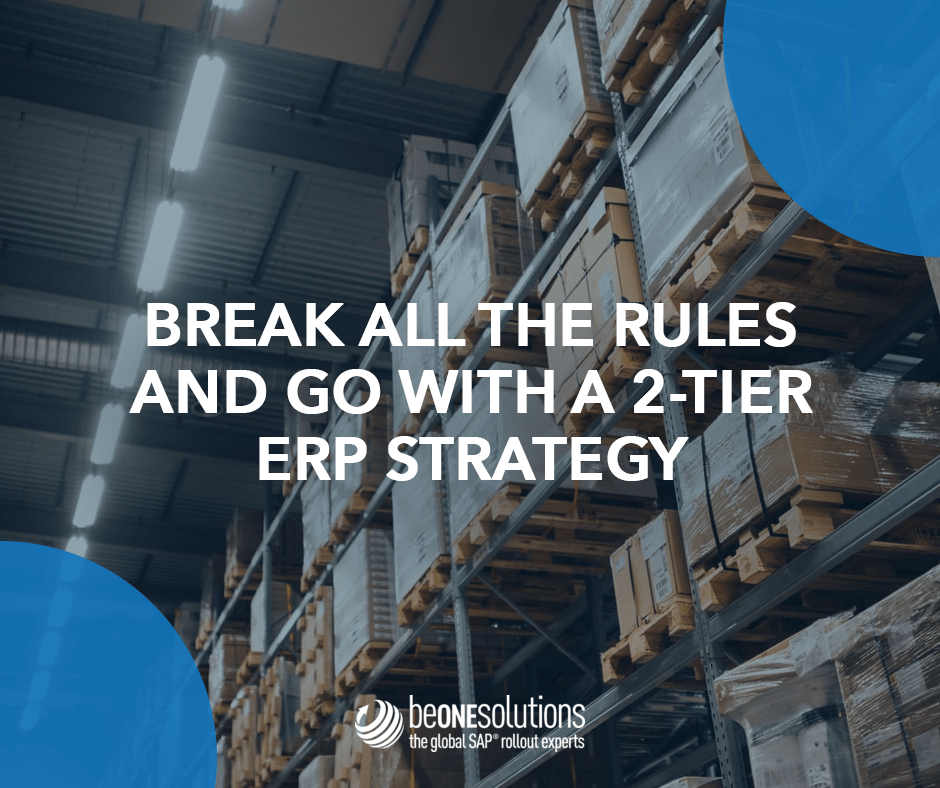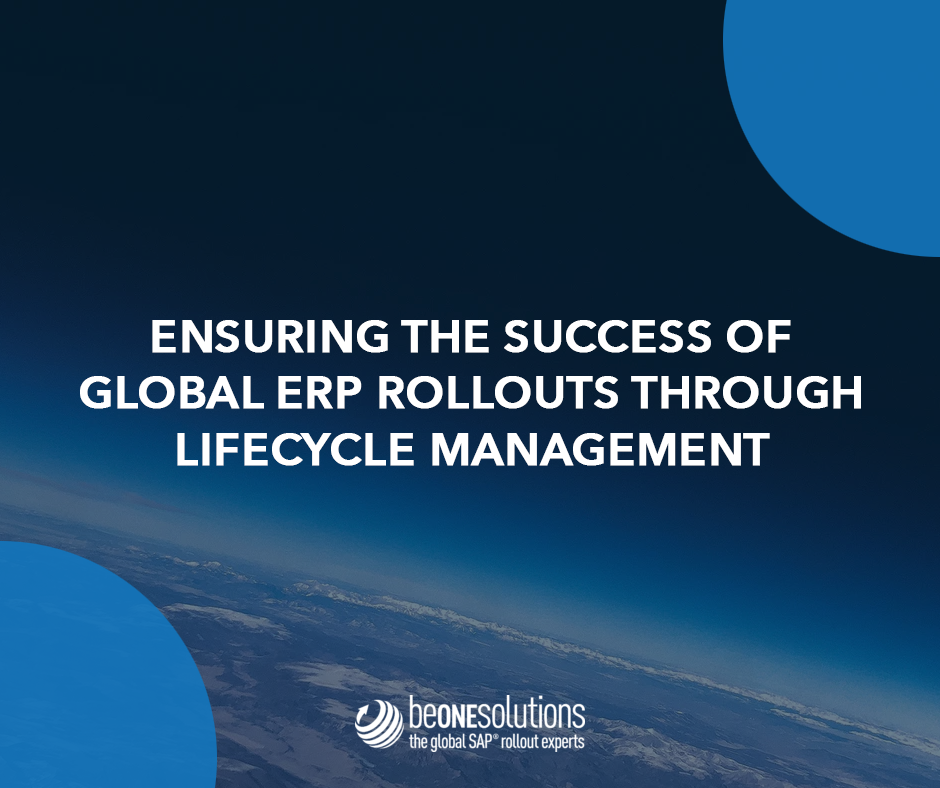Which Companies Are Best Suited for Two-Tier ERP Strategies?
Table of Contents
CloseToday, many companies have multiple ERP solutions next to their main tiered solution. There are even examples of companies with 32 ERP solutions next to SAP. This kind of complexity can pose a big challenge for an organization to maintain.
One possible solution is opting for a harmonized two-tier ERP strategy. Different ERPs may be needed for various reasons across a company, and every company is unique. But our goal is to simplify and streamline all of the complexity so that the solutions are not in the way of business.
Unaligned solutions tiers are common, and they present an opportunity for strategy and discussion. Unfortunately, some companies are only focused on the entities that matter the most so that solutions partners are not aware that problems exist. There could be a strategy around having a two-tier portfolio.
What Is a Two-Tier ERP Strategy?
When the journey began with SAP back in the 1990’s, the conversation was limited to that of a one-tier strategy, whether larger or smaller and how they fit in a standardized template.
Since then, there have been quite a few projects where a global template was conceived of centrally but then rolled out globally to satellite offices or production sites.
A two-tier strategy is where a larger scale ERP solution is deployed centrally, and another, more focused ERP solution is deployed for decentralized sites.
Companies in this position typically opt for SAP B1 as the two-tier solution because there are a lot of benefits to having a solution with the same technology as the central site and with pre-prepared integration scenarios that can be put in place.
Benefits to a Two-Tier Strategy
There are many benefits to going with a two-tiered solution. For one, companies with larger sites around the world can see that all sites cover the same business processes as part of the same ecosystem with sales and delivery.
Another benefit to deploying a two-tier strategy is that in cases where there are ten different solutions for the ten different sites around the world, the operational knowledge can disappear. You may need a bigger support organization to go with it whenever there is employee turnover or system updates.
Starting Point for Sourcing a Two-Tier Solution
One of the key starting points is determining the motivation for moving to a two-tiered solution. This should include a timely but necessary opportunity to do some strategizing.
For example, a company may be in the process of expanding internationally and need a solution to support a process of local opening sales offices and then moving on to local production sites.
The production office would have to be opened quickly to mitigate any losses, but the IT department at the central office often does not have the bandwidth to support a new international factory.
This is where international SAP partners like be one solutions can help develop a two-tier system building off of the central site. Then from here, there is now a template for a factory solution that can be reproduced moving forward for every new production site opening.
This situation also becomes an excellent opportunity for the central office to consider what kinds of entities are missing in their current solution landscape and consider the current levels of complexity.
Ultimately, this is an excellent platform for ensuring successful international deployments.
Businesses Best Suited to a Two-Tier Solution
The resources needed to implement a larger ERP may not be suitable for a smaller organization. This option expends a lot of time, money, and manpower for just fifteen people.
Two-tier solutions are best for larger, international companies with production sites around the world who can be made to be a part of the entity’s main solution. They need to cover the same business processes and need to be part of the same ecosystem with sales and delivery.
Finding the right solution for your business will need to adapt to your requirements. Some are designed for larger entities and larger corporations, as those have more complex financial or delivery processes, since they have multiple options to run, manage, and control to maintain smooth business operations.
Working within two-tier systems is a streamlined process for be one solutions as they already cooperate with SAP as global partners. To learn more about how a two-tiered SAP solution can benefit your company, reach out to us today.
Facilitating Growth With a 2-Tier ERP Strategy
You won’t want to miss be one solutions‘ next webinar. Add your email address to be notified :
Please select your language
Welcome on be one solutions‘ websites.
Please select your language.
